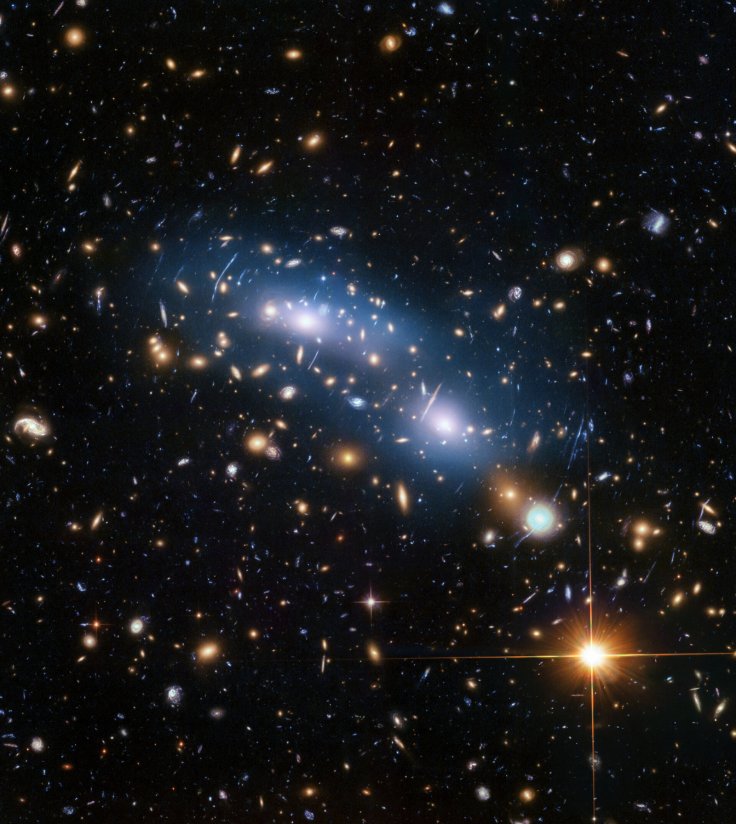Astronomers made a surprising discovery regarding the formation of the universe's first stars and galaxy using the Hubble Space Telescope. According to their findings, the universe's first set of cosmic objects may have formed much earlier than previously thought.
The discovery was made by researchers from the European Space Agency (ESA). They focused on studying the formation of the universe about 500 to one billion years after the Big Bang.

Observing an Ancient Galaxy Cluster
For their observations, the astronomers gazed at a galaxy cluster known as MACSJ0416. Through Hubble's imaging capabilities, the researchers were able to remove the light from the foreground of the cluster. Doing so enabled them to spot other galaxies in the background. As noted by the researchers, these galaxies have the lowest masses ever discovered through Hubble.
Searching For Population III
Based on the distance of the background galaxies, the researchers estimated that they could be from the time that the universe was less than a billion years old. As they viewed the background galaxies, they did not find evidence of the universe's first generation of stars, which are known as Population III.
"Forged from the primordial material that emerged from the Big Bang, [Population III] stars must have been made solely out of hydrogen, helium and lithium, the only elements that existed before processes in the cores of these stars could create heavier elements, such as oxygen, nitrogen, carbon and iron," the ESA explained.

Formation of Universe's First Stars
According to the researchers, this finding indicates that the galaxies behind the cluster may have formed earlier than previously thought. They also noted that the Population III stars might have formed during a period that's too early to be probed by Hubble. The researchers are hoping that Hubble's successor, the James Webb Space Telescope, will have the necessary instruments to peek into the early stages of the universe.
"These results have profound astrophysical consequences as they show that galaxies must have formed much earlier than we thought," Rachana Bhatawdekar, an ESA research fellow, said in a statement. "This also strongly supports the idea that low-mass/faint galaxies in the early Universe are responsible for reionization."









